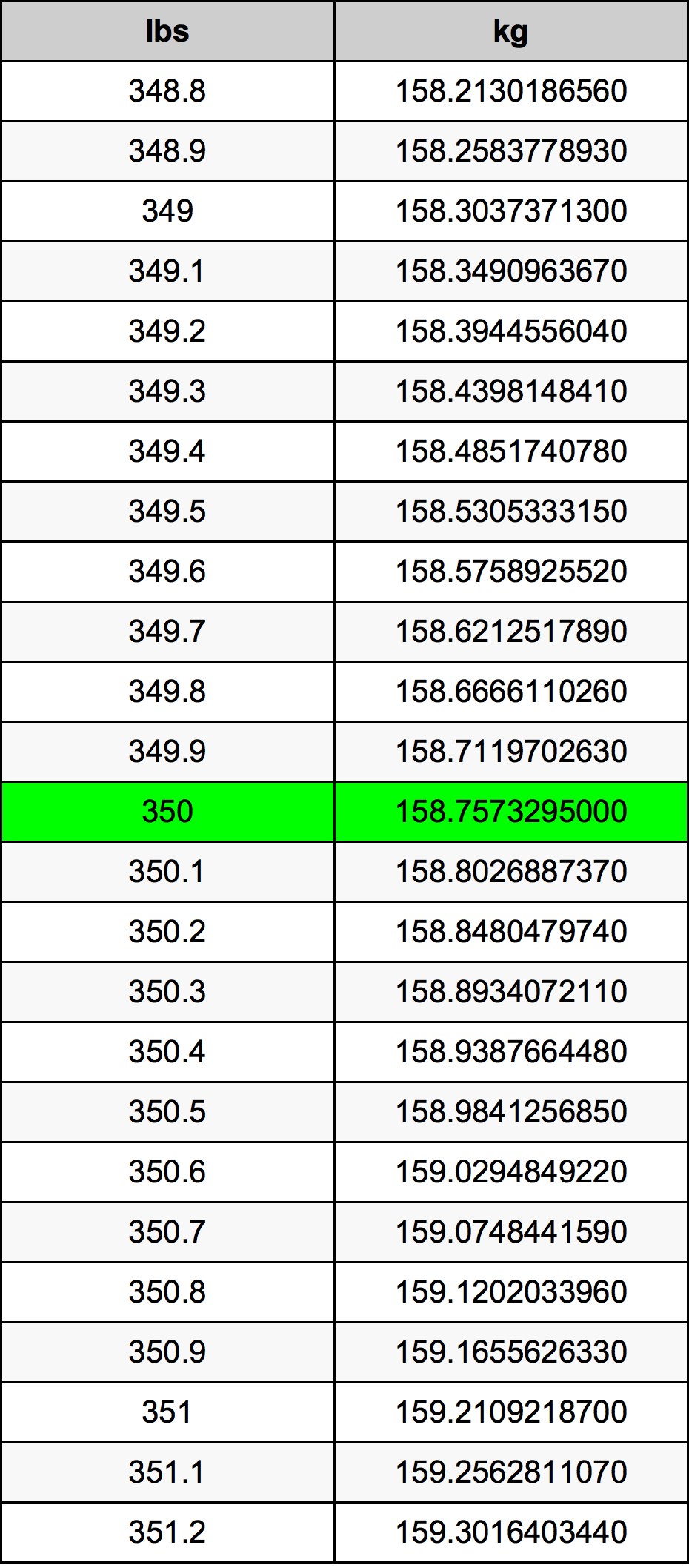

The American people prefer to understand weight as in ounce or pound. On the other hand, non-healthcare/non-science people have minimal understanding of the metric weight system. Metric weight values are used in medication calculation, radiation dosing, and weight compliance in equipment use, such as the maximum weight of a CAT-SCAN unit or a surgical table that may hold a person. Scales used in the US have double marking indicators: metric and non-metric markings. Patients are weighed at each clinical encounter. The metric system is essential in all health care settings. The majority of the products sold in the US also are labeled with both weight systems. However, the scales in the US are calibrated for both metric and non-metric systems. This non-metric system is still being used nowadays among laypersons in the US for products sold to the public. It derives from the British colonial era.

Second, the US weight system customarily uses the ounce or pound.

It is currently used only in science and health care in the US. US medical and pharmaceutical practices adopted the metric system in the late 1800s. Hence it is widely used for ease of calculations. It has the advantage of a decimal system in increments or the power of tenths. It is also the only system used in many countries on all continents of the globe. First, the metric system is in common use in health care in the US. Another example is the weight tracking in congestive heart failure patients. There are two systems calculating weight used in all healthcare settings for health management, such as medication dosing per patient body weight. Weight conversion is also utilized daily in health care. In particular, weight and conversion are of utmost importance among health care providers for managing patient care. The weight calculations in non-science entities are usually in the sales of the product for pricing per weight unit, translating it into costs and currency. Businesses in the non-science world deal with product mass. The weight W of a body is equal to the magnitude F of the gravitational force on the body. Weight can be defined as the force exerted on a body due to gravity. Weight is one of the most important components in science and daily life non-science routines.


 0 kommentar(er)
0 kommentar(er)
